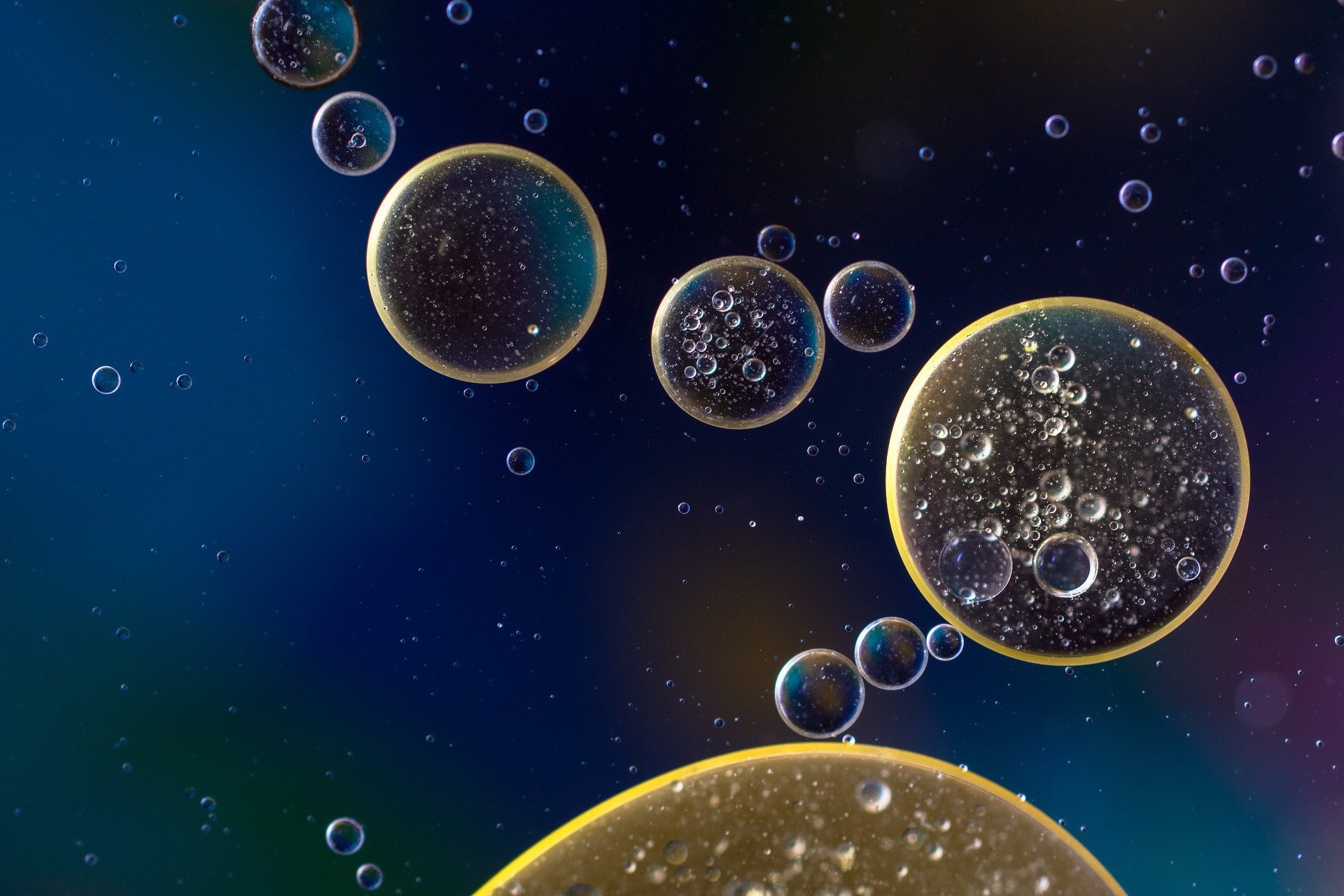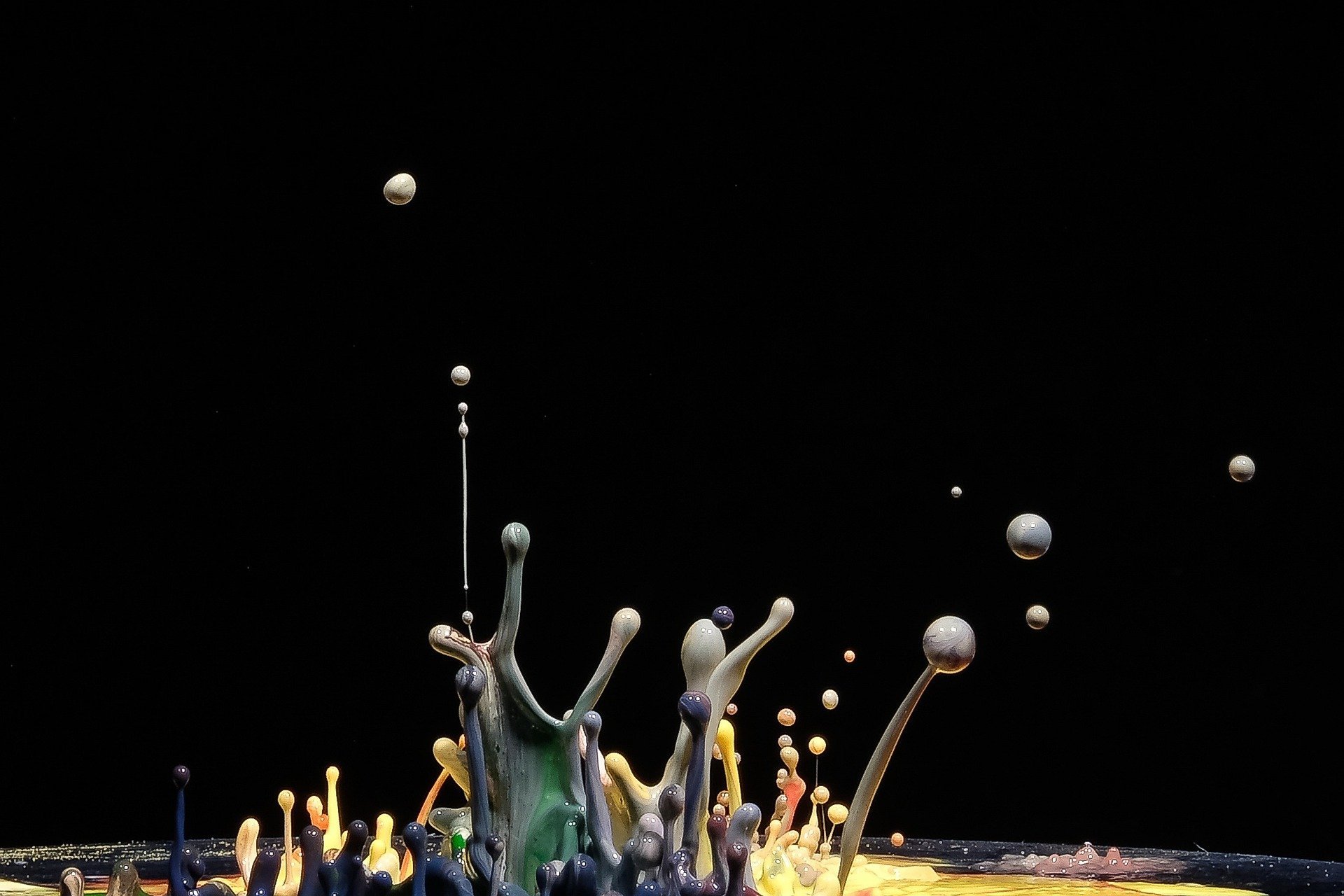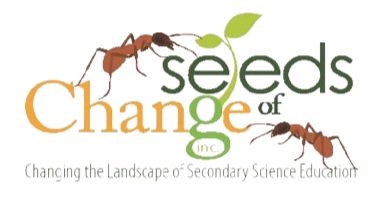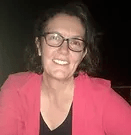
Who we are
Central Texas Science Team is the Texas host for the Tropical Field Research Program, and Seeds of Change is the founder of the overall program. We have led this program out of Austin since 2016.
History
SOC Founder’s Vision: Develop Costa Rica STEM Science Immersion Programs
John Doleman, a former program manager for the Space Station Design, founded Seeds of Change in 2010 to “Change the Landscape of Secondary Science Education.” He observed that fewer high school students were entering into science careers and wanted to design a program that inspired students to do science but that also supported these students as they continued on to college.
His vision is to develop STEM programs that catapult students directly into the research discovery process well before they are in graduate school or college. We partner with multiple world-renowned university professors that recognize the need to galvanize interest in the sciences through hands-on, original research.
These programs deeply engage students in tropical field research, ecology, marine research, comparative genetics (bioinformatics) and insect-microbiome antibiotic bioprospecting.

Why leafcutter ants and why Costa Rica?
Costa Rica is among the countries with the highest density of biodiversity in the world. Leafcutter ants and blue morpho butterflies utilize antibiotic-producing bacteria to neutralize virulent pathogens in their fungus garden. Leafcutter ants encounter a parasitic fungus, Escovopsis, while foraging. If they were to bring it back to the colony the Escovopsis would destroy the fungal garden and thus the entire colony. The ants have developed a mutually beneficial relationship with the bacteria Pseudonocardia, which coats the ants and protects against Escovopsis. Pseudonocardia has co evolved for more than a million years against Escovopsis. This has significant potential in researching antibiotic resistant bacteria.
Why Colonia Libertad?
Colonia Libertad is a very small, remote village on the northeast slope of the Rincon de la Vieja volcano where tropical rainforest, cloud forest, and dry rainforest converge. John Doleman has been friends for several decades with the family of Ana Cespedes. Ana and her husband Pablo have turned her family farm into a cacao farm and eco tourist lodge, and when John was designing the research program he partnered with Ana and Pablo for lodging.
Team & Partners
Shannon Rizzo
founder of the Central Texas Science Team, became the Texas host after sending her two oldest teens on the program. Her daughter Heather, now a PhD student at the University of Chicago, was the first non local student to participate in the program, which was at that time solely taking students from Minnesota. After sending her second daughter on the trip, John Doleman asked Shannon to recruit and lead groups out of Texas. At that time, Shannon was head coach of the Central Texas Science Team, a competitive homeschool Science Olympiad team. The pandemic saw the end of the Science Olympiad team and the organization now works solely on Tropical Field Research Program. Shannon has always been a change maker focused on applied learning and in addition to the Science Olympiad team, founded and led Austin Living Math, an applied math history program. She also has a small educational regenerative agriculture farm outside of Austin, where she teaches programs for youth.
John Doleman
John graduated from South Dakota State in 1962 with an EE degree. He worked for Control Data (the first company to make solid state computers) where he was assigned to help customers including the CIA, NSA, DOD, our National Laboratories and NASA utilize supercomputer technology. Resource companies around the world used the technology developed by his group to locate and develop mineral resources, especially from space. His final assignment before retirement was to serve as the program manger on the design of our nation’s Space Station after the conclusion of the NASA Apollo program.
Beth Hunt
Beth served as a research mentor to these research students helping them win multiple awards at regional, national and international science fairs and competitions.
Beth graduated from Dartmouth college and has a master’s degree in Civil and Environmental Engineering from the University of Massachusetts at Amherst. She has over a decade of experience working to characterize and remediate hazardous waste sites through engineering controls. Her master’s research project was on the biodegradation of petroleum products in subsurface soils, groundwater and soil gas.
Dr Gabriel Vargas
Gabriel graduated from the University of Costa Rica with a degree in microbiology (2009) and stayed to earn his master’s, also in microbiology (2014). He completed his doctorate in geophysical sciences at the University of Chicago (2020). Gabriel’s research at the U Chicago Coleman lab focused on developing genetics tools to study the biogeochemistry and ecology of microbial aquatic systems. He developed an expertise in computational genomics through his research and has taught several workshops at the University of Costa Rica related to microbial multi-omics analysis and phylogenetics.
Gabriel is now a post-doctoral researcher with the Currie Lab at UW-Madison where he also collaborates with the Pinto Lab at the U. of Costa Rica.
Ibrahim Zuniga
Ibrahim's undergrad research investigated amphibian populations that harbor antimicrobial producing bacteria in their skin to protect them against pathogens. For his master’s degree Ibrahim studied how a family of beetles was only able to feed on wood through microbial cellulose digestion.
Ibrahim has instructed bioinformatics classes at the University of Wisconsin.
Dr Adrian Pinto
Adrian graduated with a degree in Microbiology and Clinical Chemistry from the Faculty of Microbiology of the University of Costa Rica in 2000, earned his master’s degree in microbiology with an emphasis on cell and molecular biology from the University of Costa Rica in 2002 and obtained his doctorate in Microbiology from the University of Wisconsin-Madison based on work he did in Dr. Cameron Currie’s lab in 2009.
He is a Professor at the University of Costa Rica's School of Medicine. Dr. Pinto’s research is in the area of microbial ecology. His research focuses on the symbiotic interactions between social insects and microorganisms, particularly those with potential applications in biotechnology and medicine.

Our butterfly effect improving the community
Women of Colonia Libertad:
While in the rainforest we stay in Colonia Libertad, a very small village of 100 families. There are no real employment options for the women, outside of traditional domestic roles. Years ago some of the women formed a women's association and we met them on our first trip in 2014, when our service project was to help finish out a small store front they had built on a corner lot near the entrance of Finca La Anita, the cacao farm on which we stay.
At that time they had created this storefront to sell some of their soaps and crafts. Several years ago we built a butterfly research center on this lot, with a caterpillar lab on the lower floor of their storefront. We hired them to manage this research project that is a partnership between our Seeds of Change and the University of Costa Rica UCR). One of our service projects a couple of years ago was to install a caterpillar and butterfly garden on the grounds. Now they have a complete vertical operation.
Now they give tours and presentations and YouTube videos, and work with the scientists from UCR on this caterpillar research. The same bacteria we study on the leaf-cutter ants has been found in the gut bacteria of the blue morpho butterfly. But there is also opportunity in selling the butterflies they raise, to other research centers and universities.
Now these women have independent income, special training that no one else in the village has, and satisfaction in their contributions to both the research and the village well-being.
Colonia Libertad:
Just as we have benefited the women of Colonia Libertad, we have had a positive impact on the overall community. This is a remarkable village, whose founders literally carved it out of the rainforest in 1955. Their previous location was on the coastal area and was prone to catastrophic flooding. The villagers petitioned the government for help and were offered their current location - however it was an impenetrable rainforest at that time. The Costa Rican government provided the land, a bulldozer, a teacher, and a police officer. The villagers built Colonia Libertad with just those resources and hand tools. Even until the early 1980s, there was no electricity or potable water in the village. Anyone traveling to Colonia Libertad could drive to Colonia Blanca, the nearest town 15 km away, but from that point on would have to load their supplies (including water) onto horses for the rest of the journey. There were no bridges yet to enable cars to cross the many small rivers between Colonia Blanca and Colonia Libertad.
Colonia Libertad has two churches, one school, a recycling center, a two-person police force, a small bar, a corner market, and a community center. Finca la Anita is the largest employer in the village, employing 11.
In the 12 years we have been bringing research groups to Finca la Anita, we have provided consistent and stable business for Finca la Anita during their off season. What’s really exciting is that we have purchased land behind Finca la Anita and are building a second research campus, modeled after Finca la Anita and accessible only through the farm. We can now partner with universities and house researchers year-round, and by extension provide that additional employment opportunity to the Colonia Libertad villagers. .






